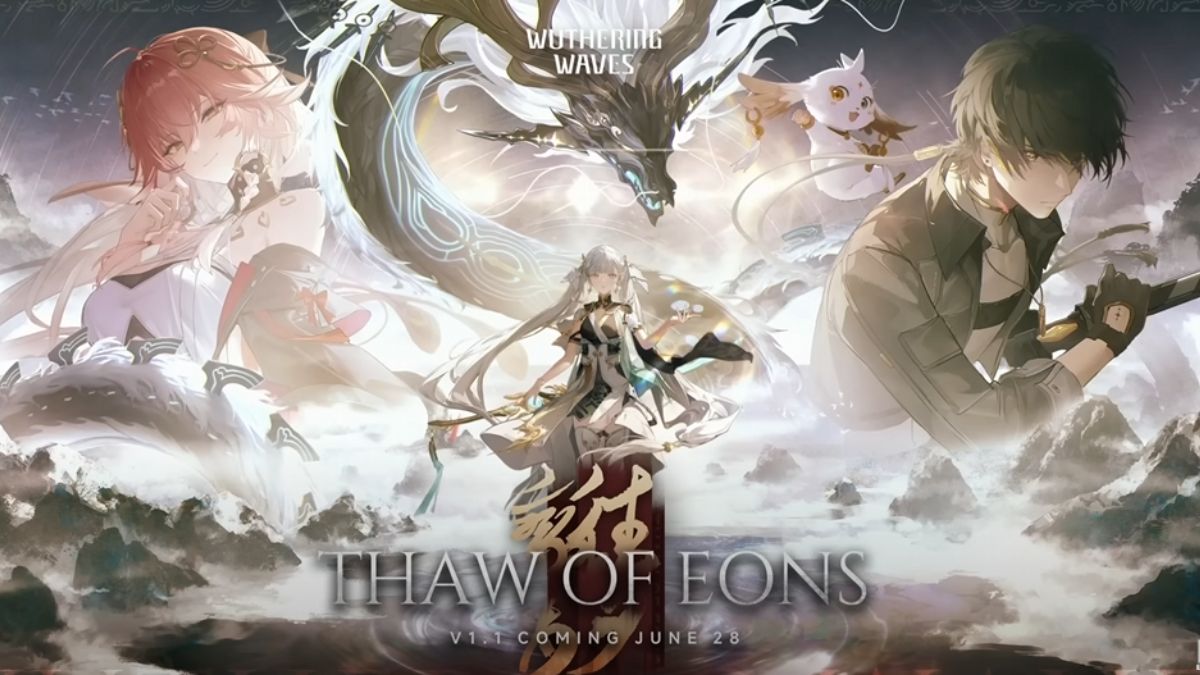I approached watching last night’s Playstation 2013 stream with caution, suspicious of the inevitable marketing spiel, buzzwords and bright lights. Sure enough, a procession of industry luminaries were rolled out to sell us their latest products, some of which looked interesting, but others seemed a bit limp for the “next gen” stage.
The PlayStation 4 was announced to the surprise of no-one and of course the processing clout and graphical ability is streets ahead of its predecessor – and about bloody time – consoles have been languishing in yesterday’s technology for over half a decade.
A Brave New World of Vapourware
But it transpired that the key feature of the PlayStation 4 wasn’t even specifically about the PlayStation 4, or even consoles. Sony has picked up on the quiet revolution of cloud gaming which has been slowly gathering pace for the last couple of years. Excuse the pun, but at first this all went over my head and I’ve got others to thank for enlightening me (thanks MR).
 Sony‘s 2012 acquisition of cloud gaming platform Gaikai for $380m gave the corporation the facility to deliver streaming games without the need for high-end technology at the cost of the consumer. Most of the technology overhead and GPU demand is needed server-side. Essentially, if the gamer’s device can watch NetFlix, then it can run streamed games.
Sony‘s 2012 acquisition of cloud gaming platform Gaikai for $380m gave the corporation the facility to deliver streaming games without the need for high-end technology at the cost of the consumer. Most of the technology overhead and GPU demand is needed server-side. Essentially, if the gamer’s device can watch NetFlix, then it can run streamed games.
What is really revolutionary about this concept is that, in theory, it renders platform-specific titles entirely redundant. If the streaming service provider (in Sony’s case, Gaikai) has a given game in its library, then that game would be equally playable on any device capable of displaying the visual stream. There’s no reason why it would need to be a PlayStation 4 – Sony is already touting the PS Vita as the mobile alternative, but why stop there? Why not use the PlayStation 3 or even a non-Sony platform?
To familiarise myself with the cloud gaming concept, I spent some time on my laptop playing Aliens vs Predator via the OnLive platform – it was a smooth and enjoyable gaming experience, so the technology clearly works even in its early form. Potentially the only limits are those imposed by the industry powerbrokers.
Who Controls the Clouds?
Ultimately, it will come down to licensing and artificial marketing constraints imposed by the likes of Sony. But with this streaming technology, there seems to be no technical reason why the latest triple-A “PlayStation 4” title could not be played on an OUYA. In theory.
 Of course, there must clearly still be technical kinks in the process, otherwise gaming through streaming networks like OnLive and Gaikai would already be ubiquitous. The incomprehensible amount of processing power required to deliver high-end gaming to the masses must provide some kind of bottleneck. NVIDIA’s GRID cloud gaming servers seem to be the industry standard and show that latency is not a major concern, but a cloud-based streaming game service would still be entirely at the mercy of the reliability and effectiveness of the internet connection, creating something of a geographical lottery.
Of course, there must clearly still be technical kinks in the process, otherwise gaming through streaming networks like OnLive and Gaikai would already be ubiquitous. The incomprehensible amount of processing power required to deliver high-end gaming to the masses must provide some kind of bottleneck. NVIDIA’s GRID cloud gaming servers seem to be the industry standard and show that latency is not a major concern, but a cloud-based streaming game service would still be entirely at the mercy of the reliability and effectiveness of the internet connection, creating something of a geographical lottery.
So whilst the future of gaming may come down to paying NetHax or LoveGames $6.99 per month to play licensed Nintendo, Sony or Microsoft games, there are still some hurdles to overcome. This means that having some high-end technical clout at the user end for offline gaming is still very much a necessity to keep up with the Joneses and has thankfully been confirmed on the PlayStation 4.
But the future of platform-exclusive gaming is… clouded.






Published: Feb 21, 2013 09:55 am